Guilherme (Gui) Rambelli, Lead Artist at Treyarch, and an instructor for The Gnomon Workshop, talks about finding joy in his work, how observation can be a driving force, and offers insights into his experiences working on Call of Duty: Black Ops 6.
Our conversation begins with Gui describing how he came to work on the game Call of Duty, and he recalls, “I’ve been a fan of the franchise since I first started playing PC games back in the 2000s, so Call of Duty has always been among my top favorites. I always wanted to work in games. When I started working in 3D, photogrammetry was the skill that I knew could take me into 3D in games. It was almost like I had the tool but not the job yet. So it showed me that I could work in different places: commercials, working on shots for movies, and doing some projects with NASA & Harvard Medical School (STRATUS) where we were doing digital capture of a set so that when they were going to training for the Artemis mission, they’d have the environment in VR and see how things would happen.”
Gui then zeroes in on a period in his career in 2019, explaining that, “Just before I had resigned from DICE LA for a new job at The New York Times R&D team, a friend had introduced me to Activision, and arranged a dinner so I could meet the Art Leadership from Treyarch and learn more about their interests. Treyarch was very open to starting something new and kind of introducing from the ground-up photogrammetry, lidar, and reality-capturing techniques into the game. When I saw that opportunity, it was about getting to know the team, and getting to work with them to introduce new things, but also not disrupt or break anything that’s working. But overall, it was a very good experience: a lot of growth in different areas. It was also the first place where I got to work officially as a leader on a team, to help found a new team in the art department in 2021, focusing on photogrammetry and reality capturing techniques, to contribute to our pursuit to elevate the visual fidelity of our games.”
“As a Lead Artist, my responsibilities are split between making sure our photogrammetry team members are supported and unblocked to provide scanned content and example kits to be used in our maps, and on working with the Art leadership team aligning how our scanned content needs align with our partner studios and schedule” — Gui Rambelli, Lead Artist at Treyarch
The Work of a Lead Artist at Treyarch
Gui then focuses the conversation on his reflections about his work and duties as a Lead Artist. He begins by noting that “as a Lead Artist, my responsibilities are split between making sure our photogrammetry team members are supported and unblocked to provide scanned content and example kits to be used in our maps, and on working with the Art leadership team aligning how our scanned content needs align with our partner studios and schedule, to ensure that our scanning field trips and best practices in content creation processes are being followed across internal and external teams. That was a great growth opportunity.
“I always saw myself as a craft leader who’ll always be involved in approaches and techniques and working more toward that and less on the management side. But there has been a lot of opportunity to learn how to build an effective team by bringing these two things together. There is always something to learn and everybody brings something to the table. It’s been good: I get to learn and find joy in seeing the team evolve and develop and in seeing the things I wanted to do but knew weren’t possible with only myself. It’s very fulfilling. I think that, organically, I’ve always ended up finding people that have a similar mentality to me: getting their hands dirty and doing things. From time to time, I have a chance to jump into individual tasks and help create benchmark content to keep pushing the envelope.”
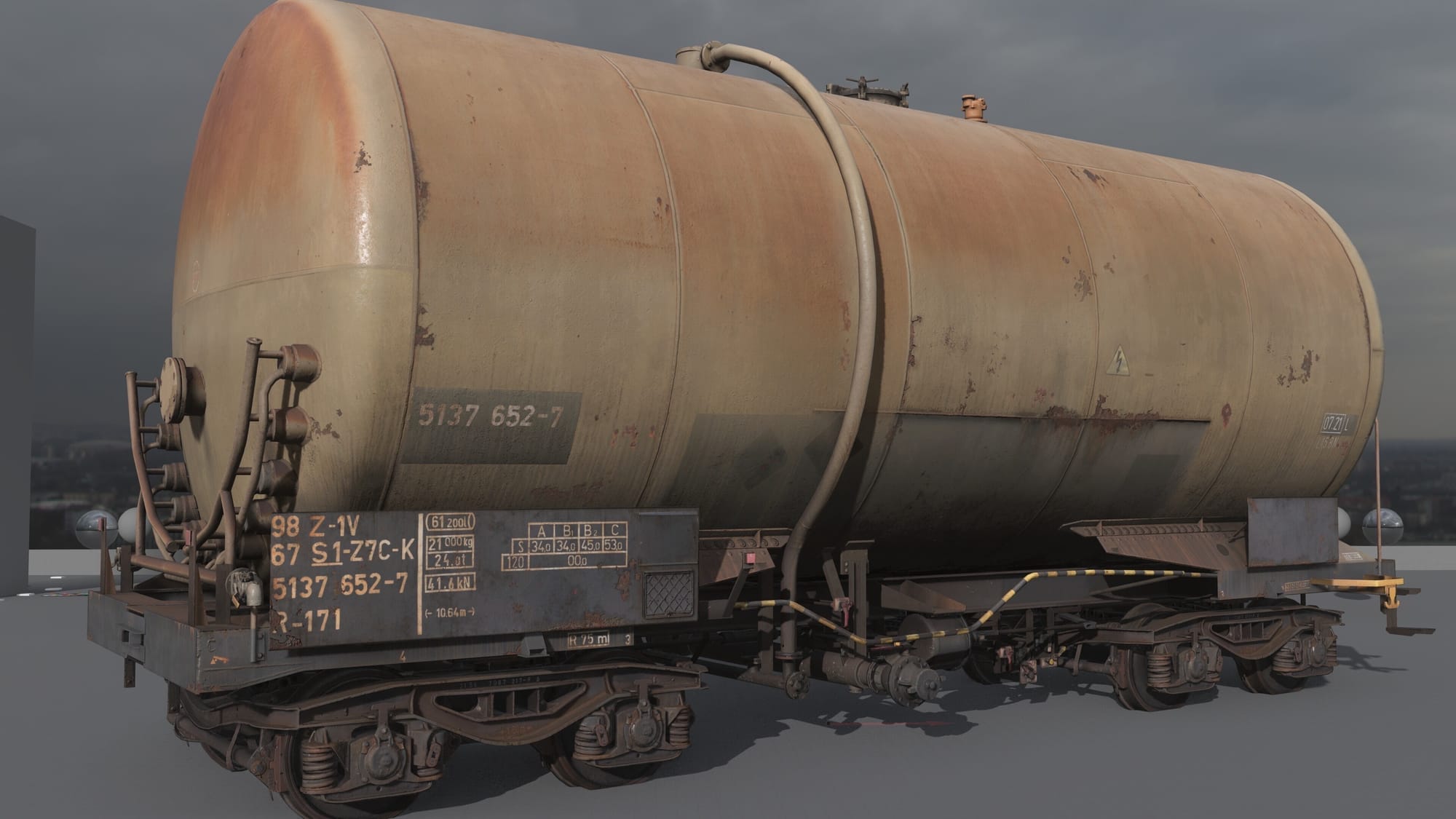
“Gameplay always has specific needs for the game, and in order to address these topics, our team is constantly trying to improve their ability to preserve the photogrammetry aesthetics of our content, while authoring the content to attend to gameplay dimensions and needs” — Gui Rambelli, Lead Artist at Treyarch
The Photogrammetry Process
Commenting on his experience of working in the disciplines of photogrammetry and lidar (Light Detection and Ranging), Gui unpacks some of the challenges and processes involved, explaining that, “Photogrammetry is a very focused subject-matter and it becomes a flexible tool like any other tool in 3D. Photogrammetry is a method to capture reality and bring it into whatever medium that wants to use 3D as a base or for a photoreal environment. In itself, photogrammetry can be quite flexible to work with, but, at first, it’s normally perceived as something rigid that can mostly work only when an exact reality replica is the goal. Deconstructing that concept and working with different teams so that they can experience on their own how photogrammetry can be used just like any other content creation technique is a major focus area for me, with the biggest benefit being the ability to skip a lot of guesswork on what believable and real looks like, and focus on more gameplay-related aspects of the maps.
“With that said, gameplay always has specific needs for the game, and to address these topics, our team is constantly trying to improve their ability to preserve the photogrammetry aesthetics of our content while authoring the content to attend to gameplay dimensions and needs.”
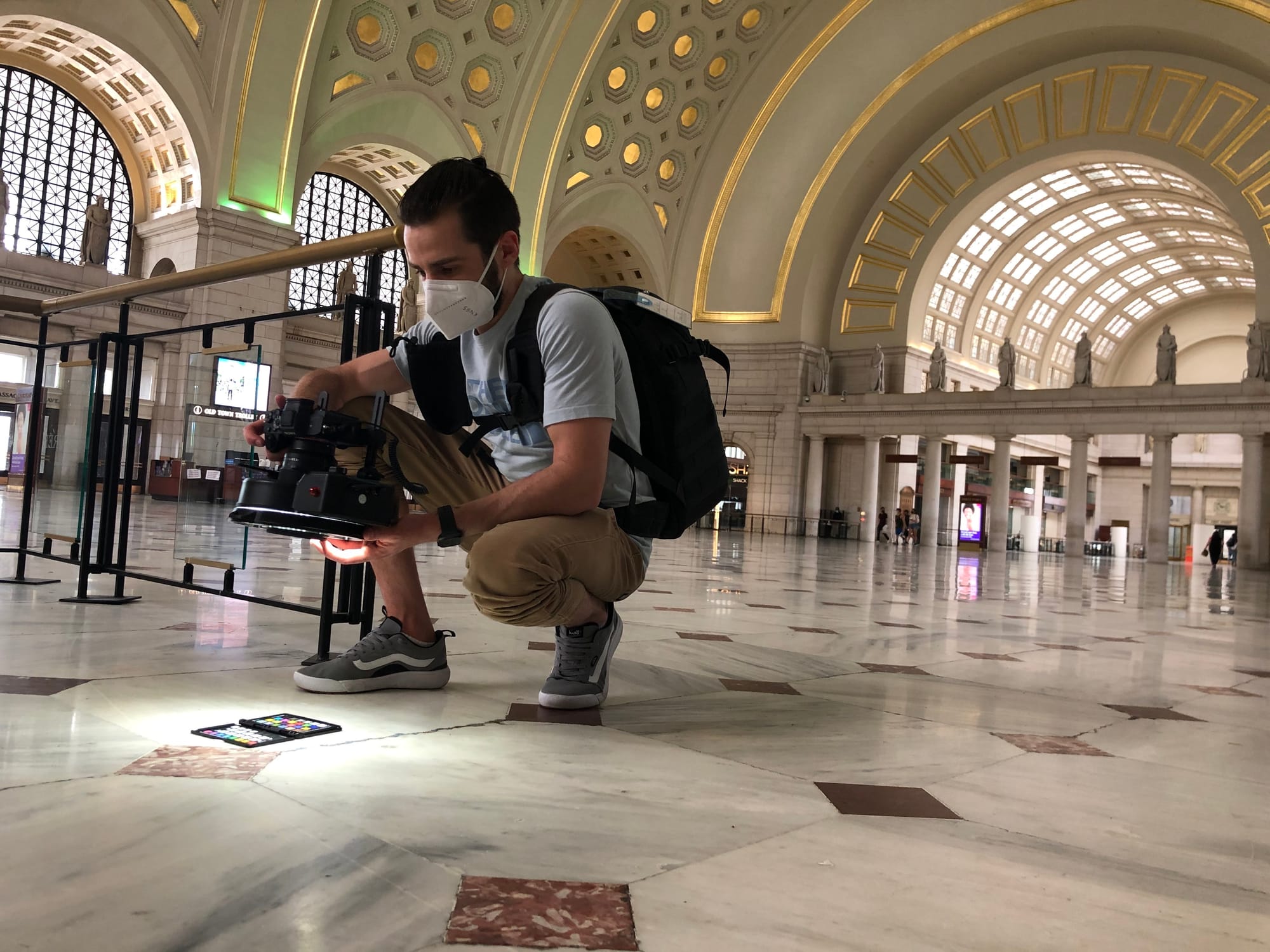
“Normally, Reality Capture, Maya, ZBrush, Houdini, Substance Designer, and Substance Painter are at the center of my workflow when creating 3D assets, kits, and materials, and Global Mapper & GIS lidar websites to source terrain data for a believable foundation” — Gui Rambelli, Lead Artist at Treyarch
The Photogrammetry Toolkit
Gui offers an overview of the software he typically works with: “Since photogrammetry and real-world data, in general, is the foundation of most of the work I do, I believe my skills are divided between hardware and software. One tool that is always present [in photogrammetry] would be Reality Capture: it allows photogrammetry to scale our production environment.
“Today, I feel like Photoshop is OG, and that’s where I can get things done quickly. Even if it’s not the final quality, I can work out the intent. I’m not a concept artist, but I can photo-bash a couple of things, or I can work really quickly and match several textures to give the intent from there.”
“For capturing,” Gui continues, “I often use a cross-polarized mirrorless camera, a lidar ground station, and a variety of drones for aerial captures (lidar and PG), and off-the-shelf – or more involved material-measurement devices – to assist in replicating material properties in 3D later. And for digital, I tend to jump around quite often and not feel obligated to take one route or the other. Instead, I always try to find the path of least resistance between what I have to do and how to get there.
“Normally, Reality Capture, Maya, ZBrush, Houdini, Substance Designer, and Substance Painter are at the center of my workflow when creating 3D assets, kits, and materials, and Global Mapper & GIS lidar websites to source terrain data for a believable foundation.”
Addressing the need to stay current with new iterations of software and apps, Gui observes that “Obviously, tools are updating and changing every year, and by working with other people, you experience how different people approach different problems or tasks.”
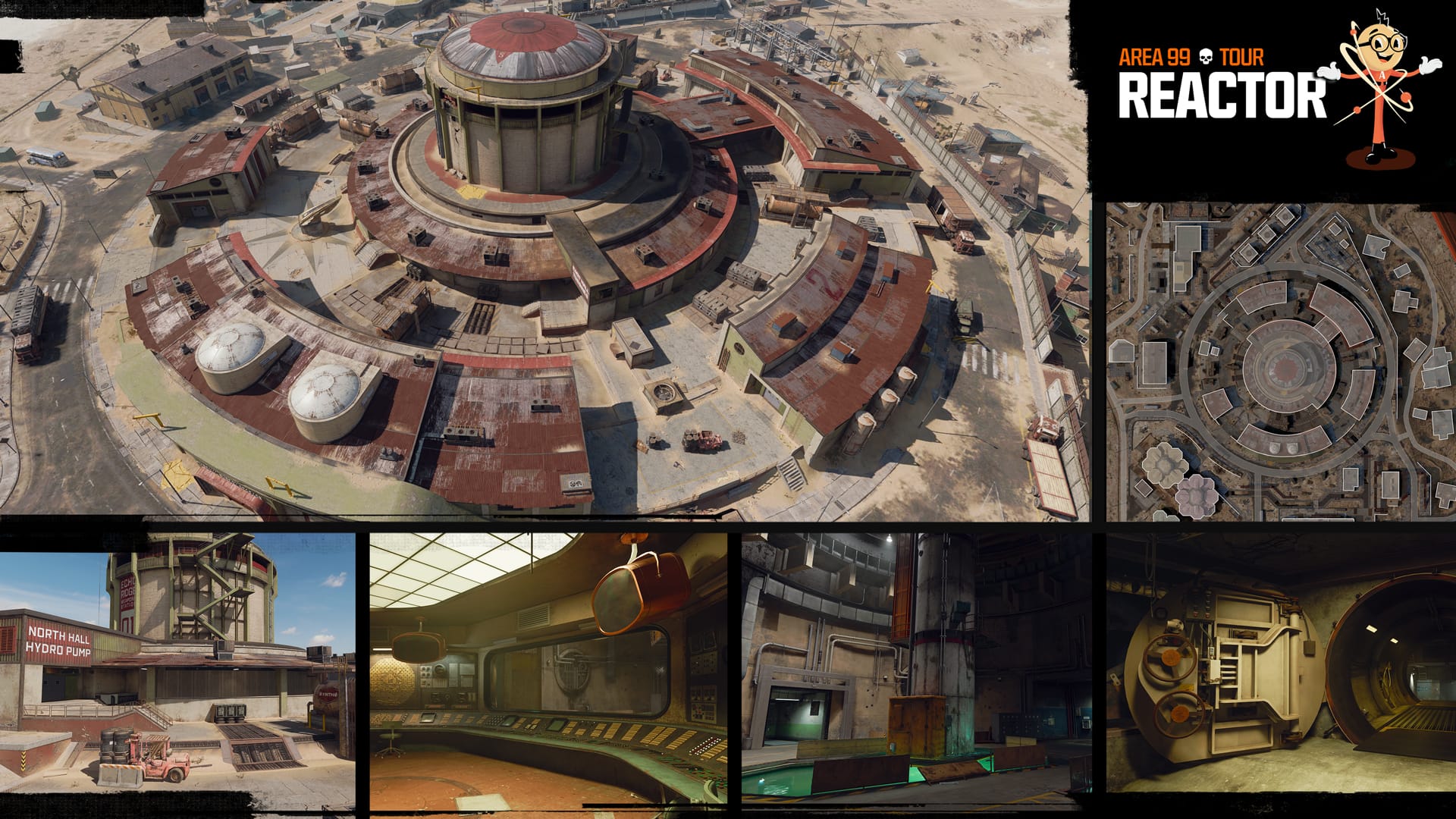
Achieving Believability
Of his process, Gui explains how he typically responds to a given brief or problem-solving project: “For most of the time in the projects that I’ve worked on, believability is a cornerstone. I tend to always ask first for a real photo that represents and encapsulates what we are trying to achieve. Because a lot of the process is based on reality, photogrammetry is the process of scouting places, getting permission, taking references, sand canning the place. The best way to capture data and information is with good photography: It will have the composition, and if it’s a landscape, for example, it will show how things are layering and the geology.
“For me, whenever someone says, ‘Oh, we need to do a certain place in this country,’ I will say, ‘We have to get photographs.’ For anything that is heavily grounded in reality, my go-to reference is, ‘We need a photo: a key visual target.’ The next step is to deconstruct that photo and define its elements. Although it’s not always possible due to the intent being a mix of part real part fantastical idea, I truly believe that the more you can show as a visual target with the least amount of references possible, it will always translate to a clearer and more unified interpretation across the art team. This way, they can focus on executing on a single vision, rather than slightly different ones based on so many variables.”
“Seeing the world through a camera as a filter of what matters and what doesn’t … for me, can be even more impactful than just trying to recreate reality one-to-one. There is something I get when seeing things through a camera lens that I consider a crucial contributor to what I perceive as quality.” — Gui Rambelli, Lead Artist at Treyarch
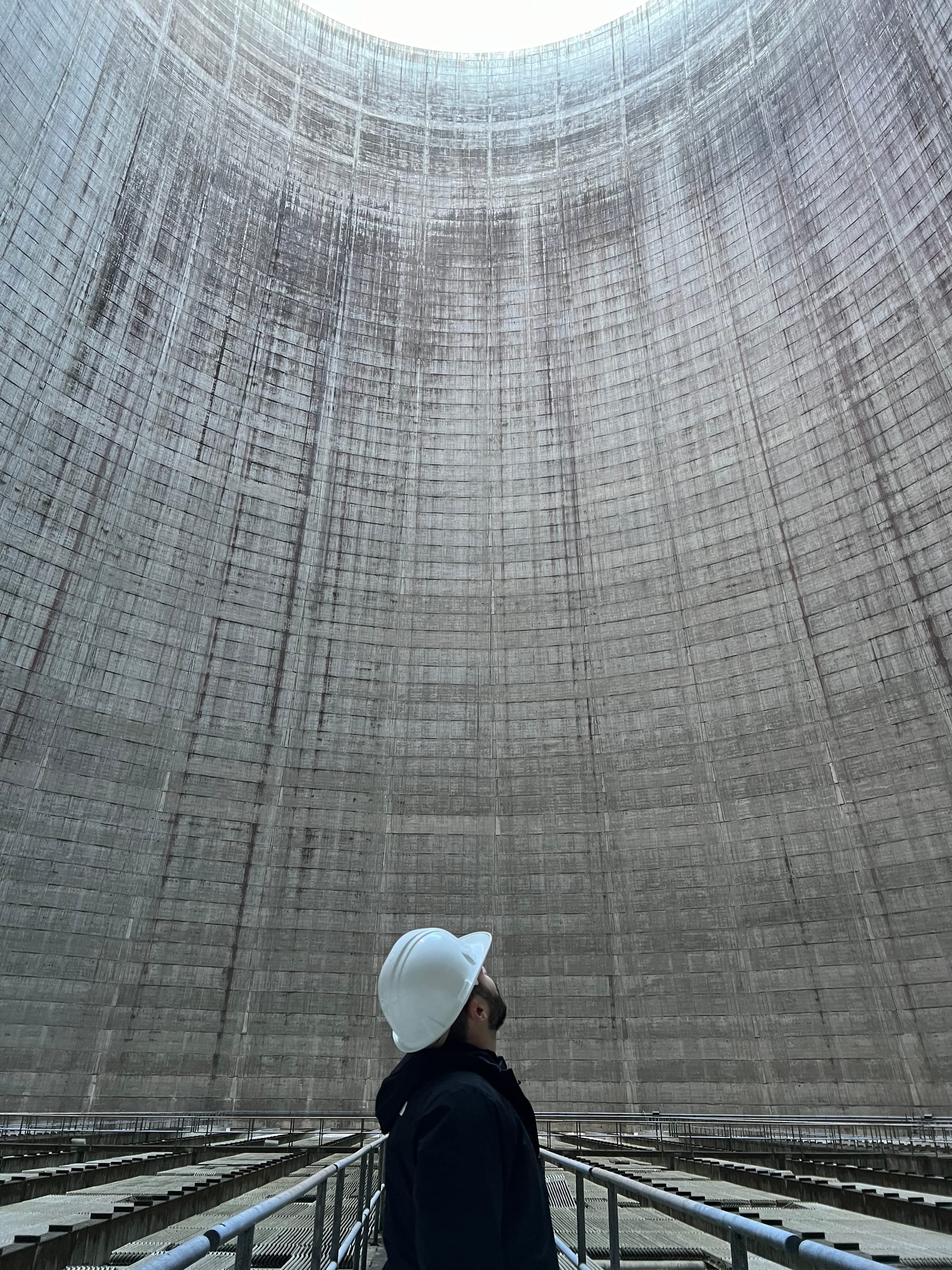
Artist Influences
Like all creatives, Gui has any number of reference points and influences that shape his sensibility. He observes, “I tend to look at movies and photography as aesthetic influences for my work since photorealism and believability are often desired when using photogrammetry and other reality-capturing techniques. Lately, I have rewatched movies by directors Sam Mendes (James Bond and 1917) and Christopher Nolan (Interstellar, Tenet, Dunkirk, and The Dark Knight Trilogy). I believe all of them share this feeling of seeing the world through a camera as a filter of what matters and what doesn’t, which, for me, can be even more impactful than just trying to recreate reality one-to-one. There is something I get when seeing things through a camera lens that I consider a crucial contributor to what I perceive as quality.”
Instructing with The Gnomon Workshop
Our conversation then turns its focus to Gui’s work as an instructor with The Gnomon Workshop, and he observes, “I think teaching is very interesting. I get to learn a lot firsthand from other people: From time to time, whenever I have an opportunity to do a school talk or a workshop, I always try to do that. I’ve done two workshops with The Gnomon Workshop and a Gnomon School talk about Battlefield V in 2019. I want to do more teaching.”
Gui highlights the appeal of teaching for The Gnomon Workshop, saying, “What I like the most about The Gnomon Workshop is the chance the platform gives instructors to share their learnings and techniques that are used in real production environments and projects and help save several cycles of trial and error for the viewer. And from a student perspective, I appreciate how I can learn from experts in those subject matters, fast-tracking my skills to a more refined technique, which would take longer if I were to learn anything on my own.”
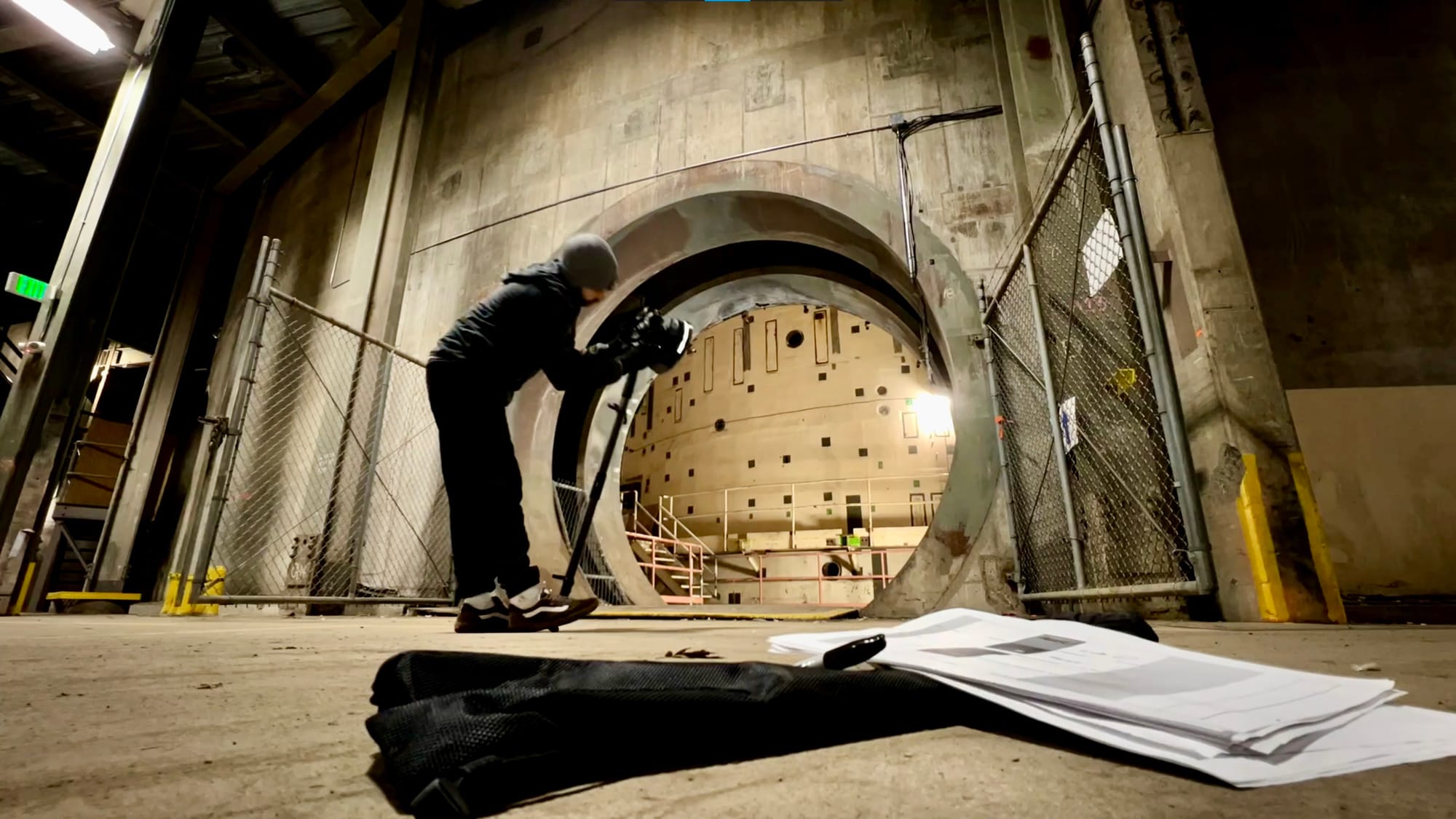
“I believe that investing countless hours and nights working on multiple personal projects is a great way to learn your own way, and experimenting with different things can help you develop your own likes and dislikes” — Gui Rambelli, Lead Artist at Treyarch
Advice for Aspiring Artists
As our conversation concludes, Gui is keen to share advice for aspiring artists and artists at the start of their careers who are interested in visual development and game production. He observes, “I believe that investing countless hours and nights working on multiple personal projects is a great way to learn your own way, and experimenting with different things can help you develop your own likes and dislikes.
“During my beginning, I remember always being competitive and comparing my work with the very games I wanted to work on one day, like Battlefield, Halo, and Call of Duty, and I took the differences and gaps as an inspiration, and North Star of an area I still need to learn more about. I always tried to reality-check myself and remind myself that, even though I was invested in learning and had big aspirations, it was just the beginning.
“I believe that learning mentality is fundamental if you intend to have a long-lasting career in our always-evolving industry. I try to cultivate that mentality anytime I can: It can be a good reality check throughout your career. Being humble and ready to learn when you come across other professionals with more experience can be a great source of growth as well.”
Gui ends our conversation on a very affirmative note, encouraging a spirit of boldness: “It’s OK to expose your ideas and defend what you believe in. Stay hungry!”
Check out Guilherme Rambelli’s workshops to learn how to create assets for games and environments for VR using professional photogrammetry techniques.
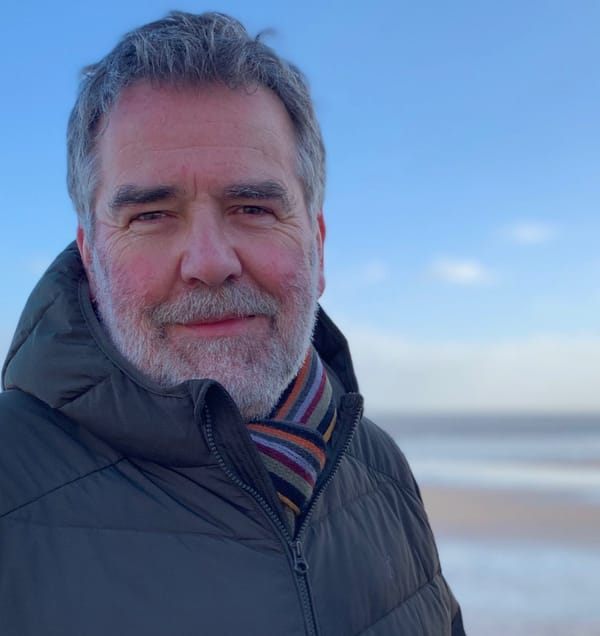
James Clarke
James Clarke is a writer specializing in animation, VFX & concept art. He often contributes to ImagineFX and is a BAFTA-longlisted producer in the Best Short Film category. Follow on IG @Jameswriter72

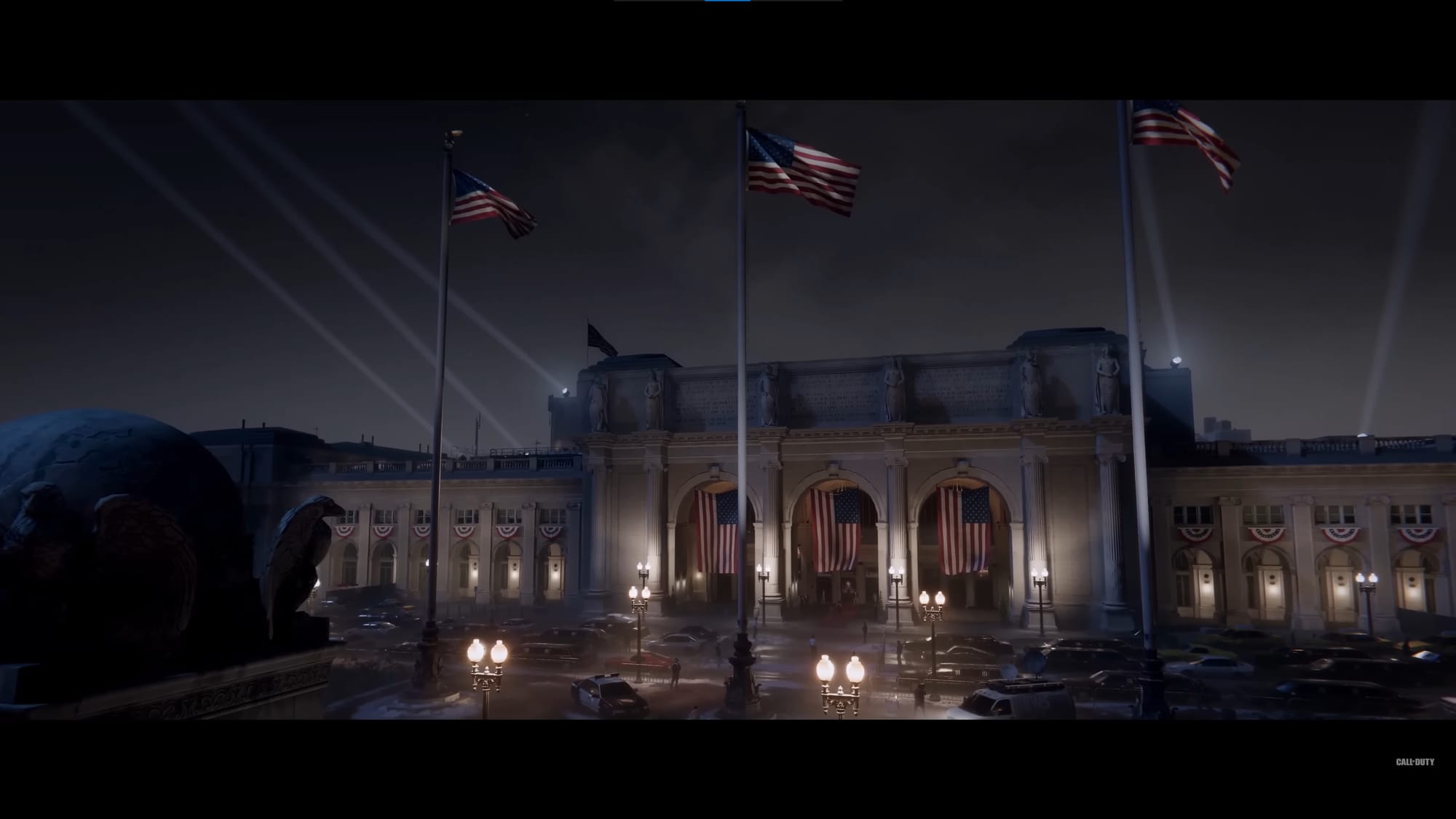


Related News
Beauty in the Beast: Neville Page on Burnout, Mindset & Creative Survival
May 07, 2025
Beauty, Beasts & Better Pipelines: Neville Page on Digital Design & Practical Makeup
May 07, 2025
Balancing Elegance with Aggression: An Interview with Chris Beatty
Nov 21, 2024